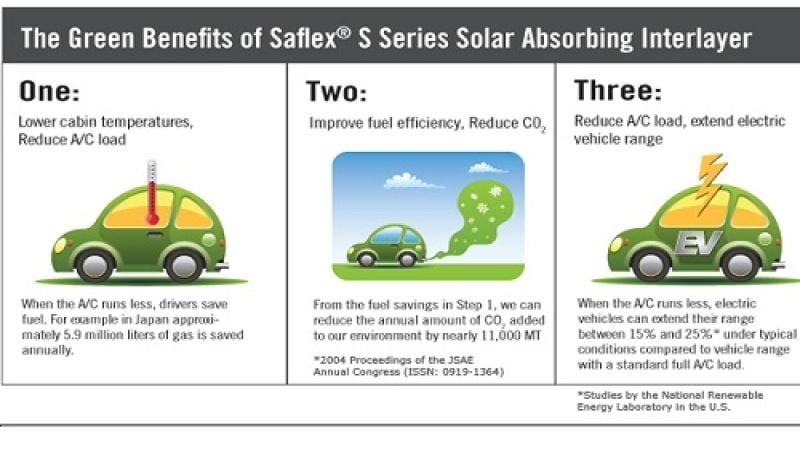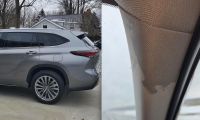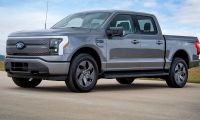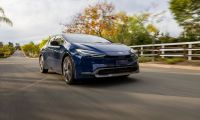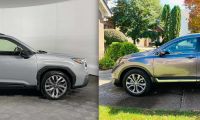Solutia Inc. is the world's leading producer of polyvinyl butyral (PVB) interlayers for laminated glass. The company is known for providing traditional safety benefits of automotive laminated glazing.
The importance of the Saflex S series is that it absorbs solar heat which is transmitted through a vehicle's glazing. In return, this helps to reduce the need for air conditioning usage within the vehicle and it also improves vehicle fuel economy and the CO2 which is emitted from the car. In the end, this helps save the battery life of the electric vehicle, which means less of a need for recharging as often as one would need to if driving a regular electric vehicle.
Solutia Inc. is extremely excited to bring this product to the market. It believes it will help preserve the environment by reducing CO2 emissions from the EVs and it will also help keep EVs popular and in demand. Tom Selm, global business management director of Solutia's Advanced Interlayers division made this statement in a press release: "Consumer demand for greener, more fuel-efficient vehicles is growing. However, consumer anxiety in regard to the range of pure electric vehicles and the lack of available infrastructure to charge vehicles in emergency situations is of continual concern."
The National Renewable Energy Laboratory (NREL) conducted simulations and analysis which showed that air conditioning use on a pure electric vehicle can reduce its driving range by 15-40 percent. That, of course, depends on how often the air conditioning is used and the air conditioning unit size.
The studies that NREL conducted have shown that an advanced solar glazing solution, similar to Saflex S series, in the windscreen position can reduce cabin temperatures by 2 degrees to 3 degrees C. When taking this into account, the potentially reduced air conditioning usage can translate into improved vehicle range when compared to a standard windscreen. That saves a lot of money and time with recharging the battery of the vehicle.
John Derrico, global product technology lead for Solutia’s Advanced Interlayers division made this statement in a press release: “Saflex S series advanced solar technology absorbs infrared radiation. Absorbing solutions are ’signal enabling’ and are compatible with wireless devices like cell phones, GPS units and electronic toll sensors.”
The Saflex S series solar absorbing interlayer has even more advantages. It can provide improved cabin comfort, fuel efficiency and CO2 emission reductions on current and new internal combustion vehicle models. The Saflex S series has undergone two years of rigorous exposure testing in two states that can experience the most amount of high temperatures, making air conditioning usage most necessary. The states used for testing were Arizona and Florida. The EV also had five years of accelerated exposure testing for confirmation of its stability and weathering performance.


